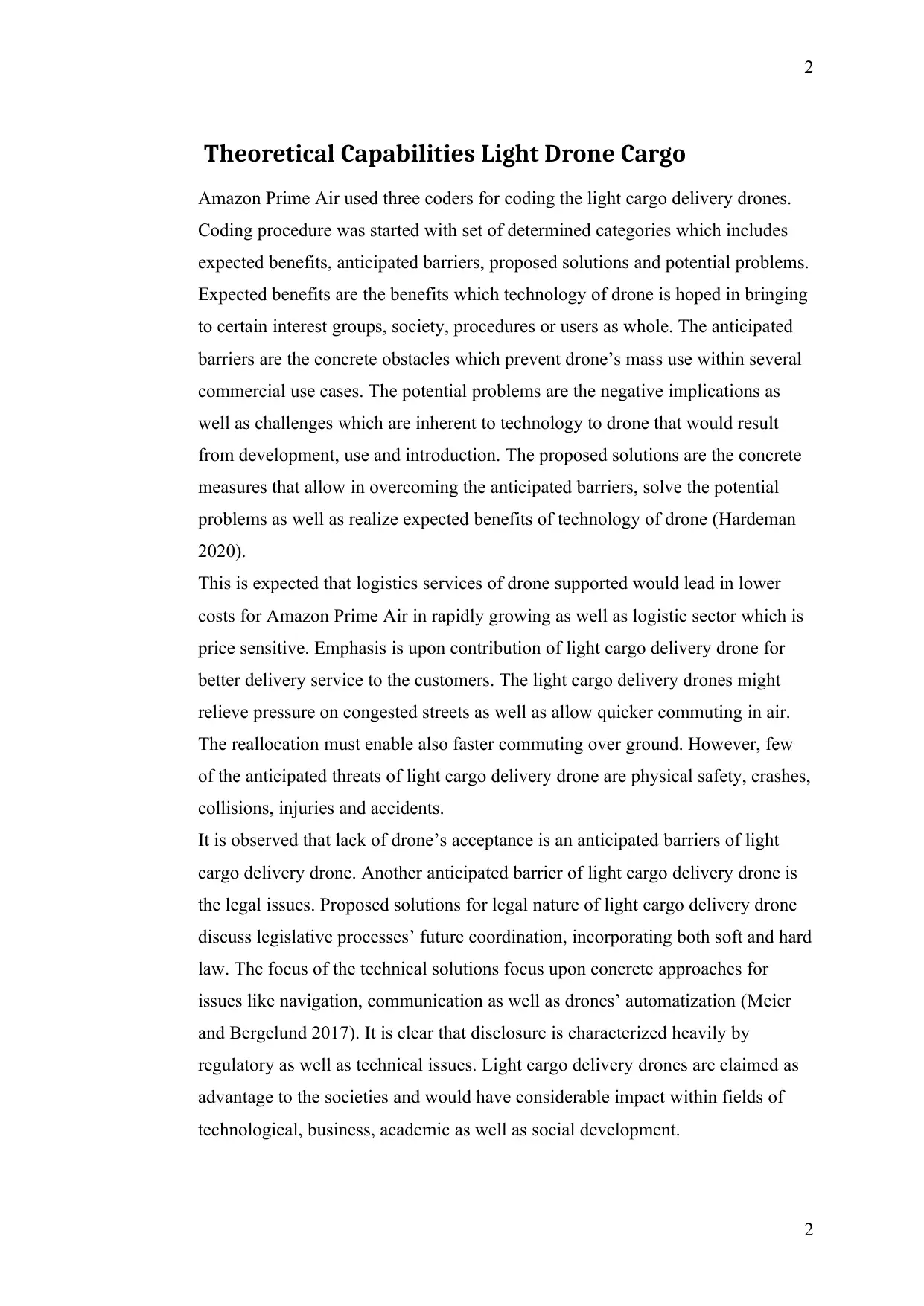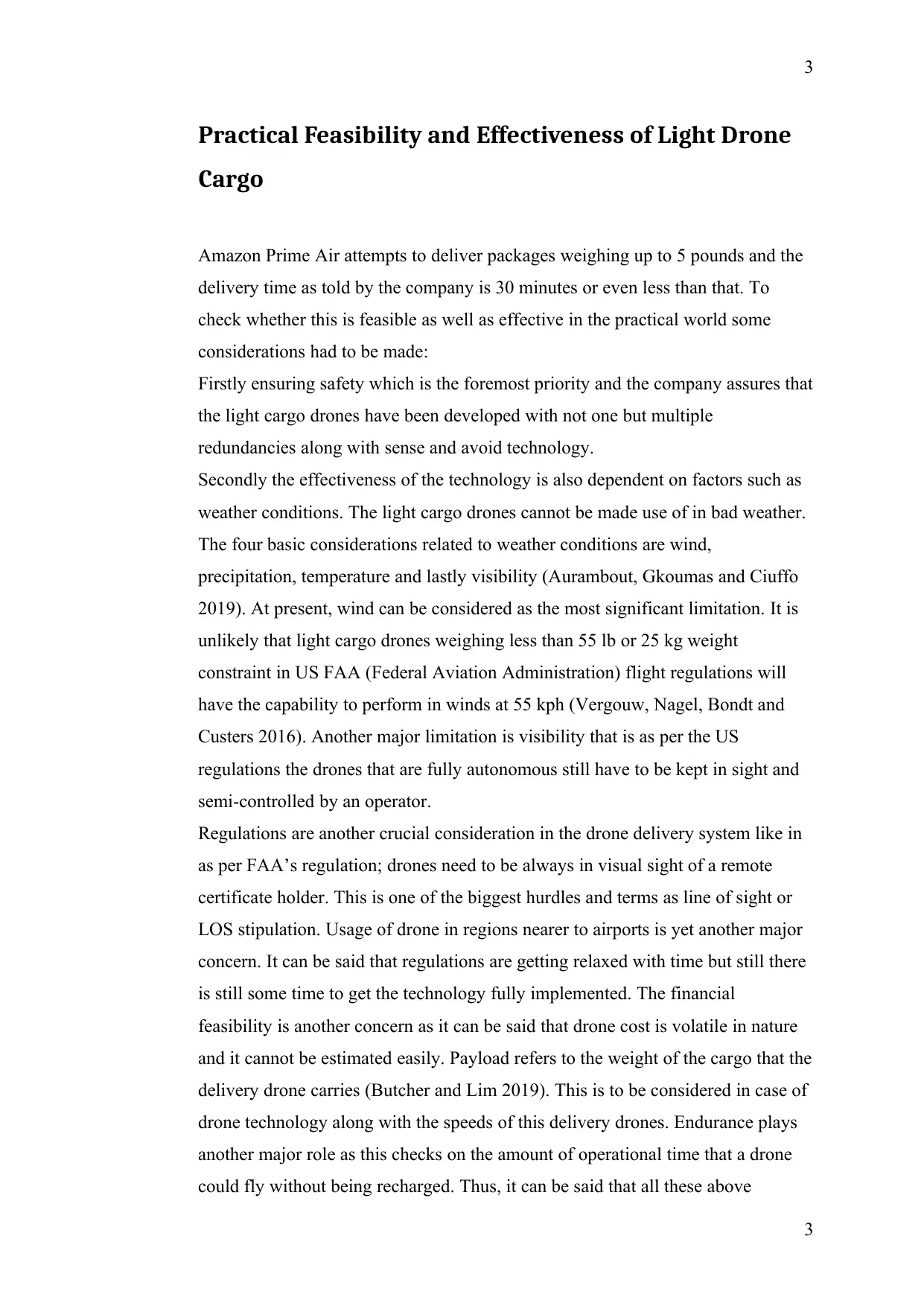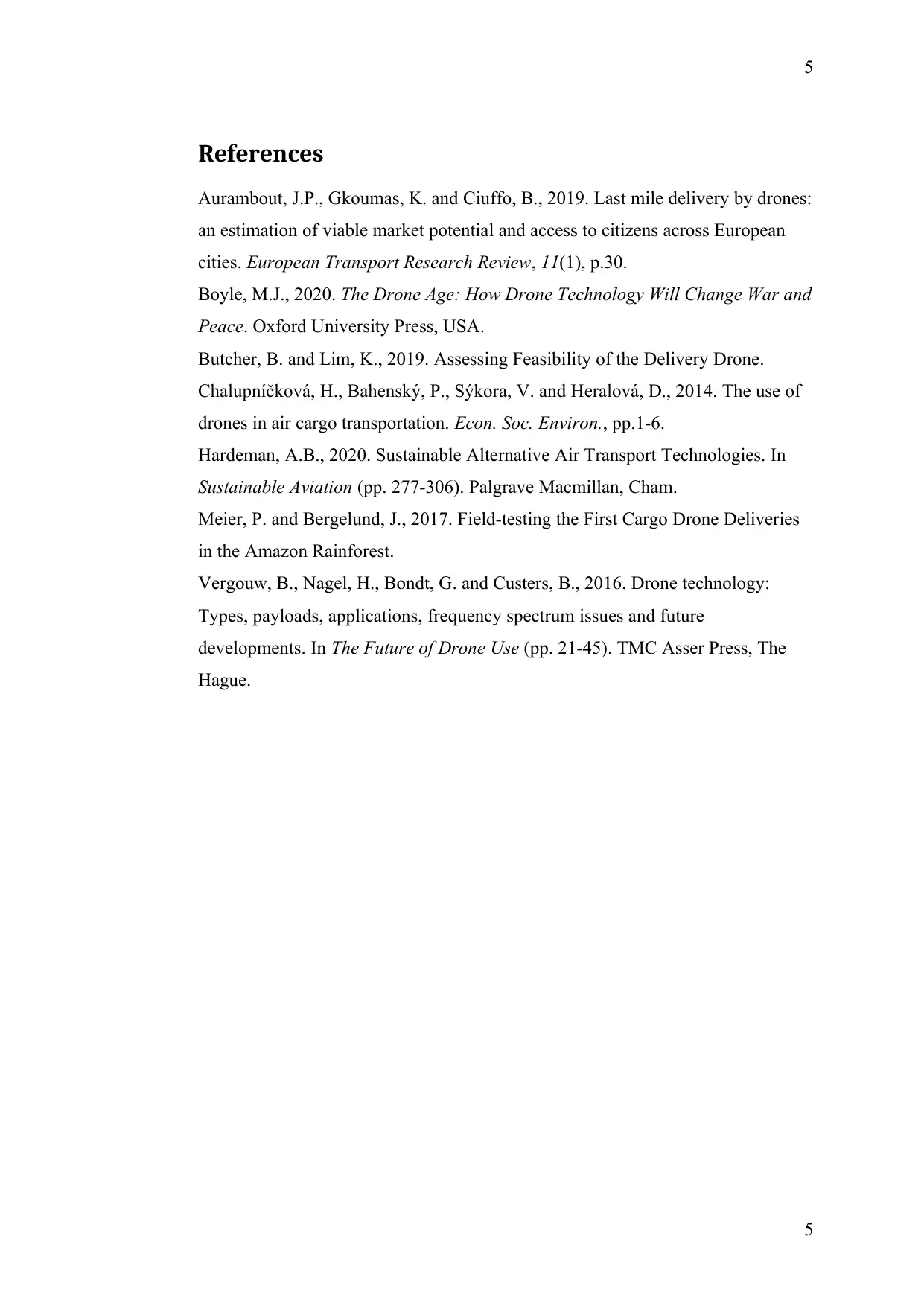Businesses and organisations need to continually develop their systems and technologies in order to be able to meet the challenges of the modern globalised world. Their challenge, however, is to be able to make rational decisions about which technologies they should incorporate in their businesses. Academia and other places of research continually invent new IT concepts, products and approaches, which are often over-sold and many of them fail to deliver the promised benefits and destroy significant amounts of shareholder value. One of the key sources for identifying emerging IT products is the annual Gartner Hype curves for a range of application areas, see https://www.gartner.com/technology/research/methodologies/hype-cycle.jsp . The products under consideration for the module will typically be in the very early stages of the Gartner IT Market Clock (https://www.gartner.com/technology/research/methodologies/it-market-clock.jsp ). The Task You will choose one of the current.
![[object Object]](/_next/static/media/star-bottom.7253800d.svg)
![[object Object]](/_next/static/media/star-bottom.7253800d.svg)




